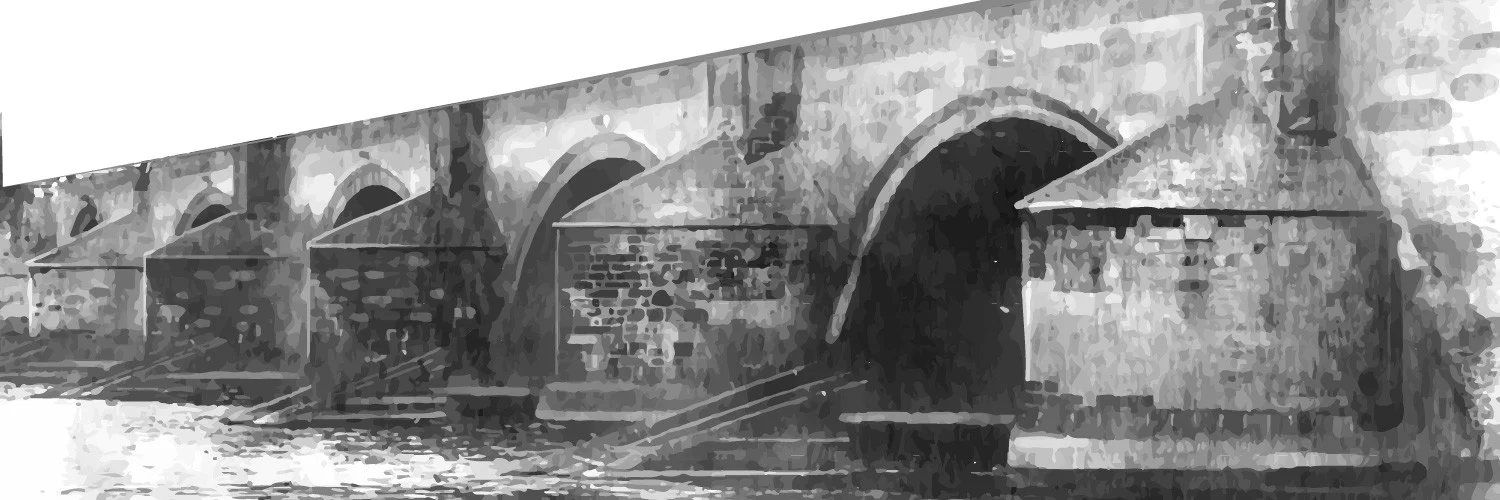Deaile weaves a rich tapestry that incorporates doctrine, technology, and daily life in a way that previous authors in this crowded field have not fully explored. He has crafted one of the best single-volume treatments of SAC and its culture, and it should be required reading for anyone studying either Air Force history or Cold War military issues.
Multi-Domain Battle: Meeting the Cultural Challenge
Major military innovation is often accompanied by tension between the camps representing the old guard who fight to preserve their place in the existing way of war and the disrupters who lay claim to a potential new order. There is much at stake in these cultural struggles in which fights over status, authority, budget, and pathways to high rank are relatively minor manifestations when considered alongside the main event—military effectiveness in future wars. However, Multi-Domain Battle as the U.S. Army’s future warfighting concept has not yet faced much challenge or criticism, at least not in public.
Against the Tide: A Look at Chinese and Indian Strategies to Become Superpowers
While the United States is currently considered the world’s hegemonic power, several other states possess the potential to be superpowers in the making, such as Brazil, Russia, India, and China (the so-called BRIC countries). Assuming these great powers desire to better their positions, their respective strategies may either propel them into a leading international role or act as a hindrance to their ascent. The examples of China and India, in particular, serve as interesting cases to explore due to their potential to become superpowers as well as their vastly different approaches in world affairs.
The Weaker Foe – Part 3: Transforming to Win Future Wars
For the past several decades the Army has promoted agile and adaptive leadership. This type of leadership is good when you are the strongest Army in the world and you’re focused on rapidly adapting to dynamic situations during operations. However, an entirely different type of leadership is necessary if you intend to transform the organization from the way it is today to the way you want it to be in the future. In the years ahead our Army needs transformational leaders who will shape our culture to one that demonstrates cunning, embraces asymmetry, generates unforeseen problems, and takes risks in order to win decisively.
#Monday Musings: Ryan Kort
There Is Only War, But War Isn’t Always Political
There is no such thing as terrorism. There is only war. Although Westerners typically do not agree because the West has narrowed its definition of war to preference certain acts while eliminating others. These preferences have reduced suffering and enforced order, but they may not be the best lens for strategists to utilize if they want to understand and anticipate an enemy.
Military-American Culture
Looking to the future, as the military grows to incorporate full benefits to same-sex couples on base and more inclusion of women in combat roles, could the next generation of Military-Americans actually become the country’s most accepting of diversity?
What Would We Lose By Winning...The Mission vs. Morality
America does and should work very hard to maintain the moral high ground and encourage its allies and partners to do so as well. Sometimes it slips as it tries to strike a balance between security and what is morally right. Sometimes short term interests trump long term goals. But that does not make it right.









